Taking stock of my collection one day I realised that there were no cameras that I really wanted to go out and use, which were not German or Japanese. Time try a lovingly crafted gadget from closer to home. Something ‘quirky’. Some 1950s British ‘iron’ might be just the thing. After looking around for a while, an Agilux Agifold appeared. Listed as untested, but the case looked in nice condition from the images (books and covers… I know). At £10 plus postage, why not take a chance? No other bidders, so the Agifold duly arrived in the post.
Agilux
Aeronautical and General Instruments Ltd supplied aerial reconnaissance equipment to the British military in World War 2. A reasonable pedigree? After the war, the company used the experience to develop a range of commercial cameras under the name Agilux. Everything was made in house, at a time when badge engineering was quite prevalent. AGI, still a going concern, stayed in this field until the 1960s, though it continued to make military cameras into the 80s.
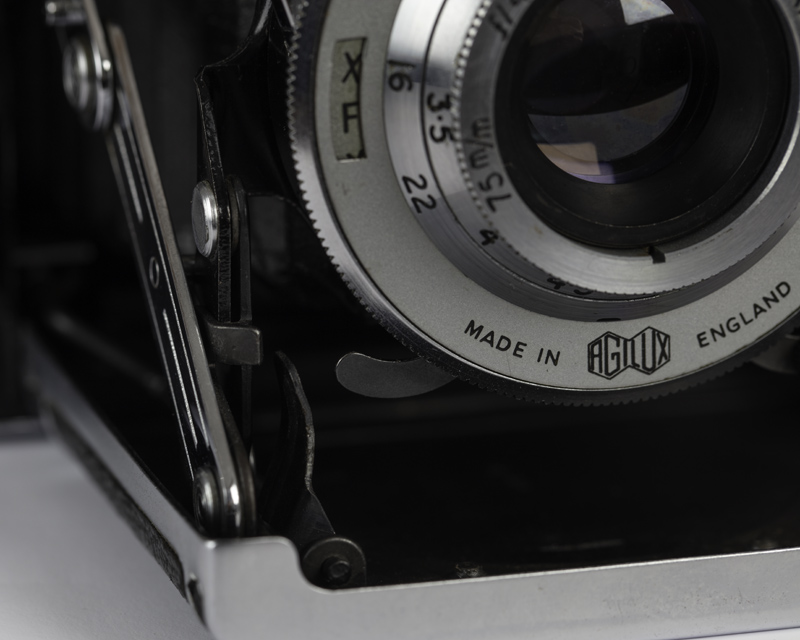
Desk Ornament?
Would this 120 roll, 6×6 just turn out to be a desk ornament? Took a few minutes to work out how to open and close it correctly. Working through the usual checks and things looked promising. Shutter fired on all speeds with each sounding like a slightly different duration; okay as a starting point. Aperture moved smoothly. Next a close inspection with the loupe. The lens actually looked quite good and easy to get at if it wasn’t. Bellows looked okay (turned out they would make a good tea strainer) and the metering seemed to work. Then the rangefinder. Not the easiest thing to use, but it appeared to be functioning. So find a film and go for a wander.
Hard to Reach
Early shutters are said to be somewhat poor with a primitive design. As far as I can establish the later shutters on models like this Mkiii were slightly more refined. The cocking lever is positioned where it is hard to reach and risks rubbing the lens element with a thumb. That is okay, you won’t be doing anything quickly with this camera.
Extinction
The Agilux Agifold provides plenty of entertainment in the metering department. The Agifold has an extinction meter and I hadn’t encountered one of these before. To say there is a knack to using it would be understating it, but they are simple things and unlikely to go wrong. Looking into the meter window with the camera carefully positioned a little way back from the eye and and slightly offset seems to work. Find the highest number you can still read and dial that in on the exposure calculator on the top. Set the speed (B to 350th) by turning a dial around the lens outer. Then the aperture with a little chromed lever.
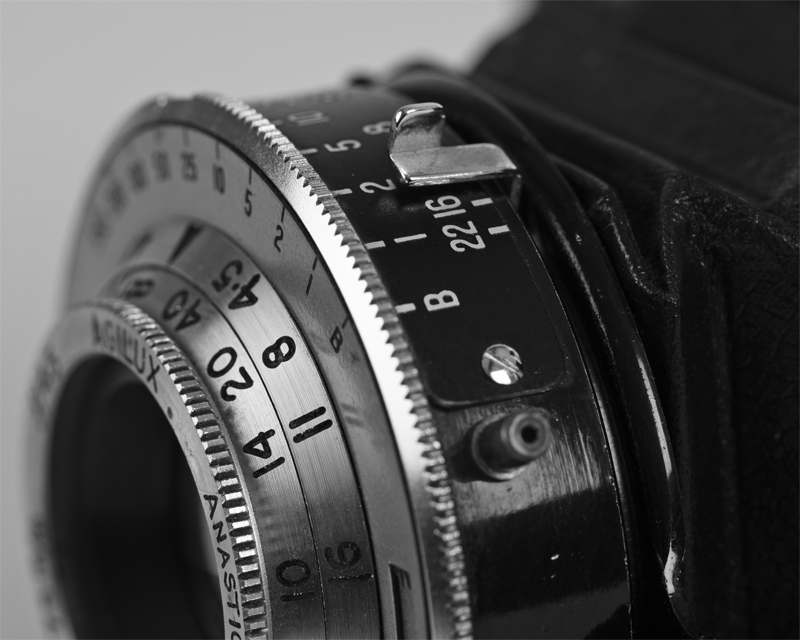
Small and Dim
The Agilux Agifold has an uncoupled rangefinder with a wheel adjustment that is quite difficult to turn, so it may need cleaning and greasing in this machine. Despite that, the image does seem to align at roughly the right distance. The viewfinder window is small and a little rather dim, so in low light forget the rangefinder, just guess.
Big Chrome Thing
Starting with a roll of Lomography Potsdam; the first few shots involved a lot of uncertainty and some fun. The shutter button is a sight to behold. A great big chrome thing standing proudly from the top. You can’t mistake it for another control. The shutter fires with bright metallic click, lacking the quiet refinement of German hardware from this era. A few shots in and it quickly becomes enjoyable.
Strangely Beautiful
The Agilux Agifold is quirky and somehow very British. Folded up it has charming Odeon styling possibly a little more 1930 than mid 50s. Unfolded it is actually strangely beautiful in the way only folding cameras can be. Oh dear, that’s a bond developing.
Awful Sight Meets the Eye
Slightly tricky to advance the film. One of the Agifold models did boast a lever, this one just uses a knob on the top. The red window needs its little sliding alloy cover open to help navigate to the next frame number (or miss it). At night, find the nearest street light or you could be anywhere on that film. Rewinding is sadly not as nice an experience as it ought to be and probably was when new. Opening the back at the end of the roll and an awful sight meets the eye. Whilst the pressure plate seems okay; on my machine the film isn’t running true. Net effect is that the bottom edge particularly, is scrunched. This means that towards the end of the roll, the film outgrows the take up spool. Result of course is light leaks along the bottom edge and a slightly embarrassed feeling if the roll is to go to a lab.
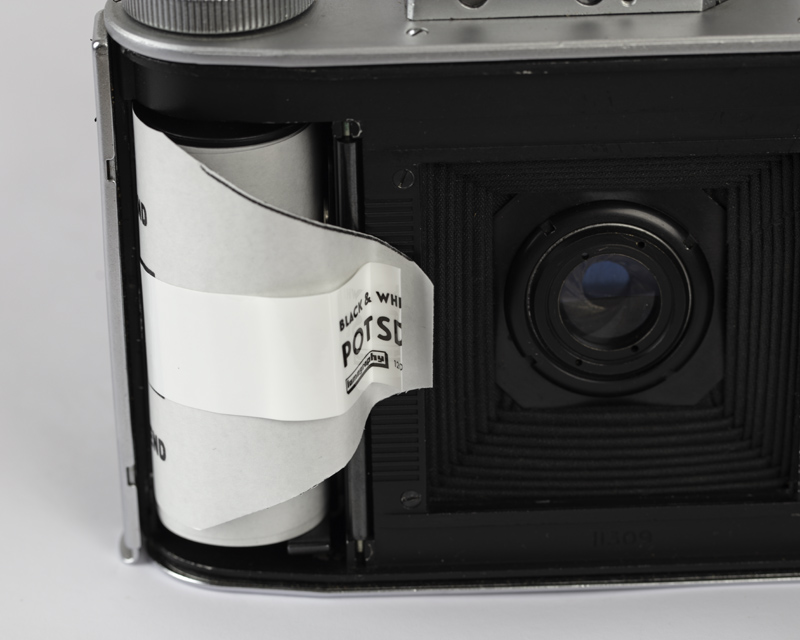
Back to the Fridge
After the first roll of Lomography Potsdam, it was to be a return to the Mamiya C220. Of course the Mamiya will work well, it is Japanese after all. Back to the fridge for a roll of Tri-X to put in the Mamiya and somehow I find myself loading it in the Agifold instead. Madness? Well it doesn’t make a lot of sense. Perhaps once some reasonable results come out of the Agifold, then it can stay on the shelf.
Almost Passable
Buy an untested old camera from an auction site and you know you are taking a chance. One or two images from the Potsdam showed promise, but there were several issues. Some repair work on the bellows followed. From the roll of Tri-X most shots fell short of usable. Yet still I dodged the Mamiya. A roll of Lomography 100 colour went in the Agifold next. This produced some almost passable images, but the film transport issues were worse. Just can’t give up. Next attempt will involve close scrutiny of the pressure plate and if that fails, a crazy idea involving some copper washers. Perhaps all the spools were metal when this thing was built and they just ran slightly differently. Must remember to get the liquid insulation tape out and find the last few holes in those bellows too.
I can’t pretend they didn’t need a good bit of tidying, but here are some cropped results from the the Agifold:
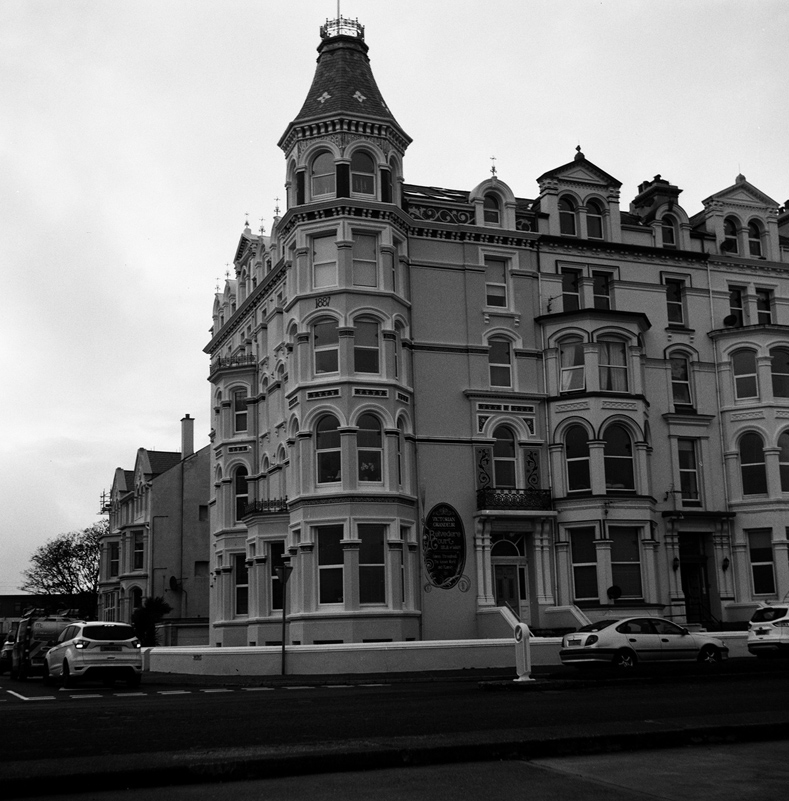
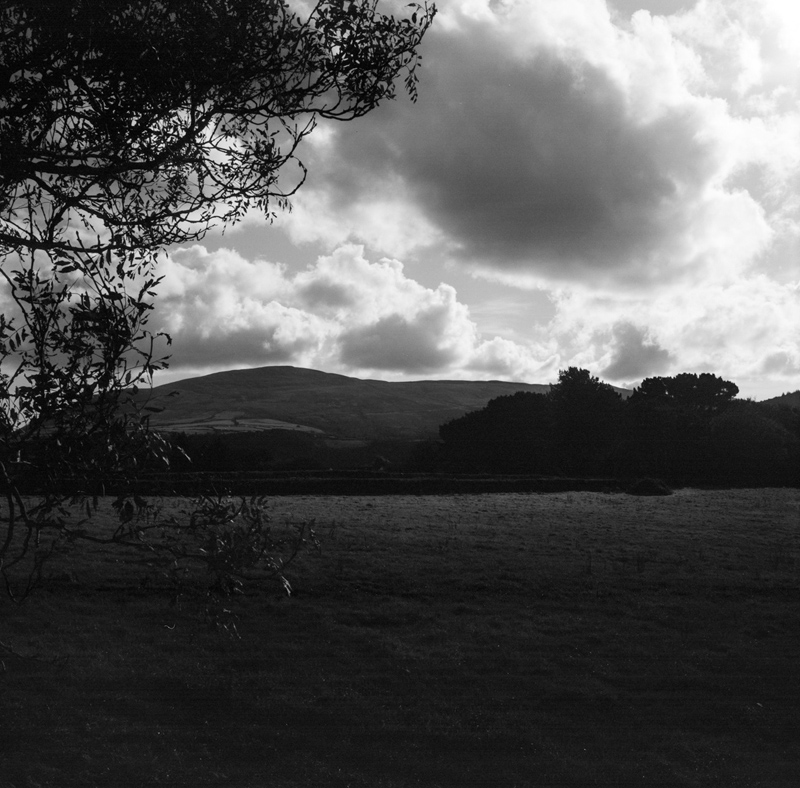
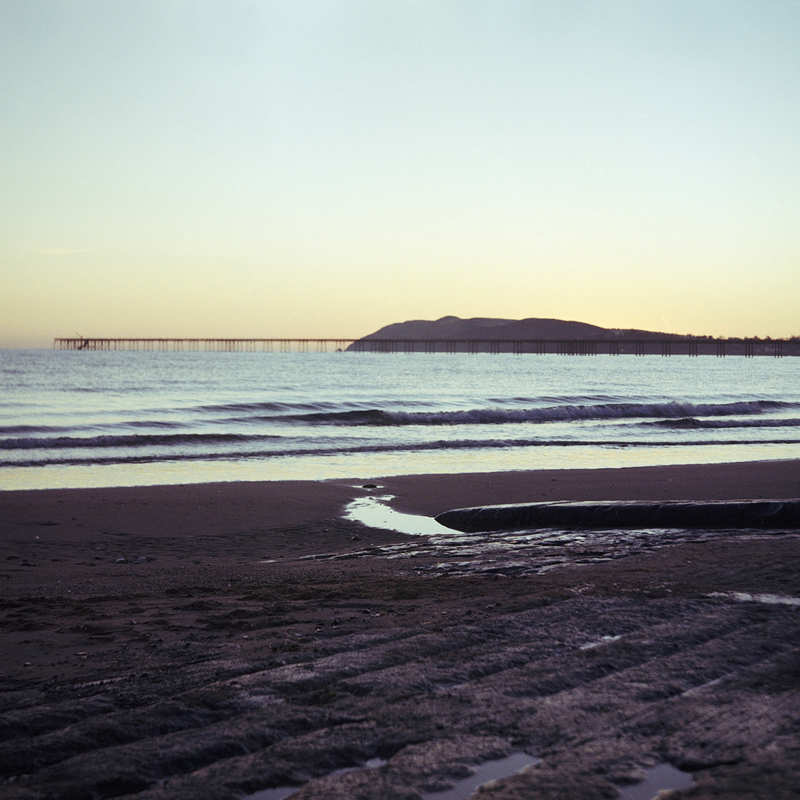
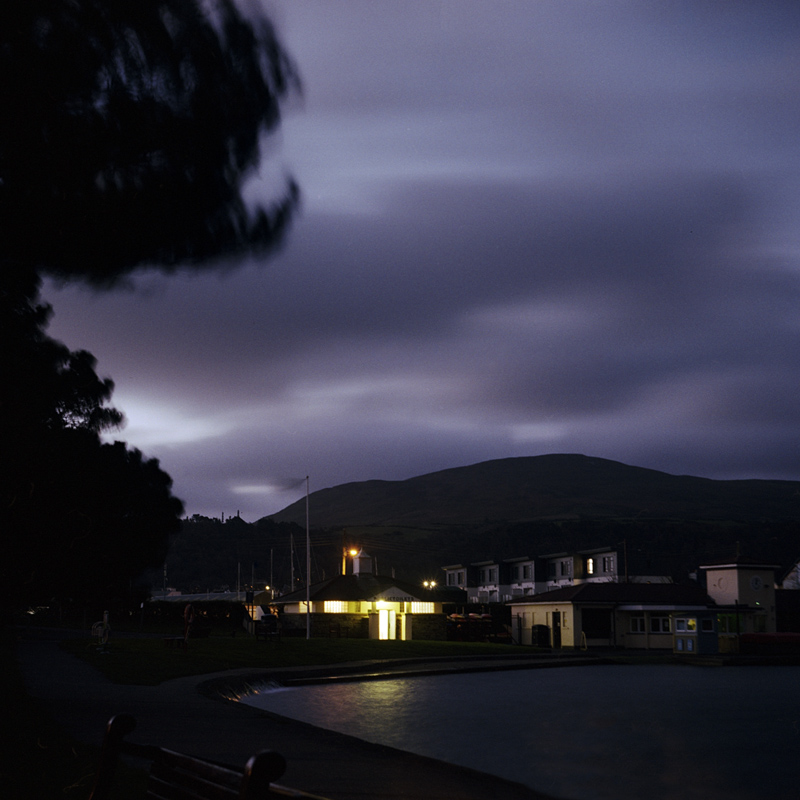
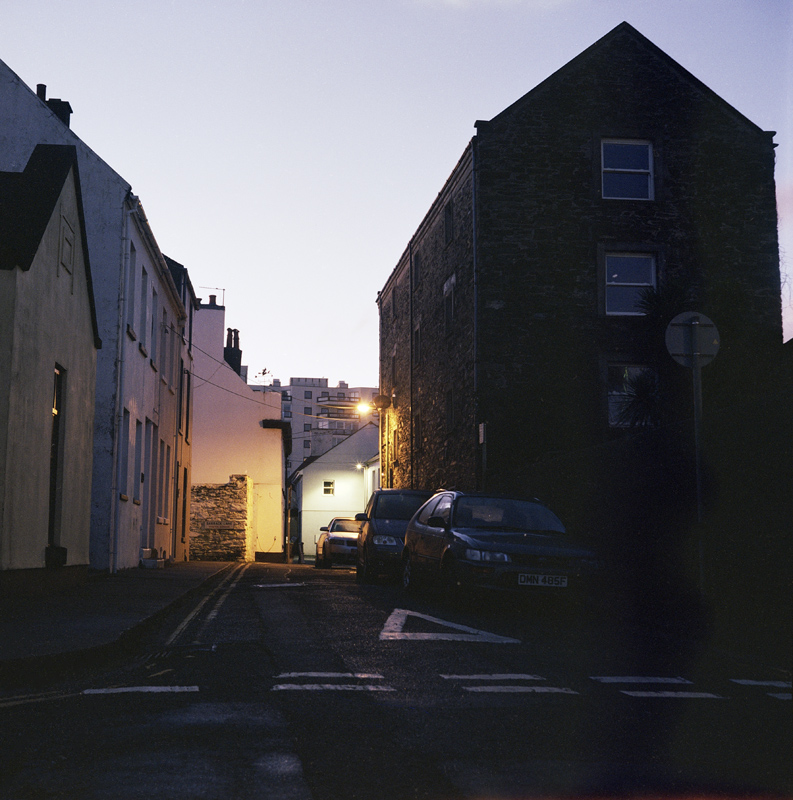
Oddly Entertaining
A timeless classic? No. A lovely thing? Yes. Given it wouldn’t fetch much, the Agilux Agifold may well be staying because its oddly entertaining and strangely lovable. Also I try to convince myself that using kit like this will make me a better photographer; even if the evidence remains elusive.
Share this post:
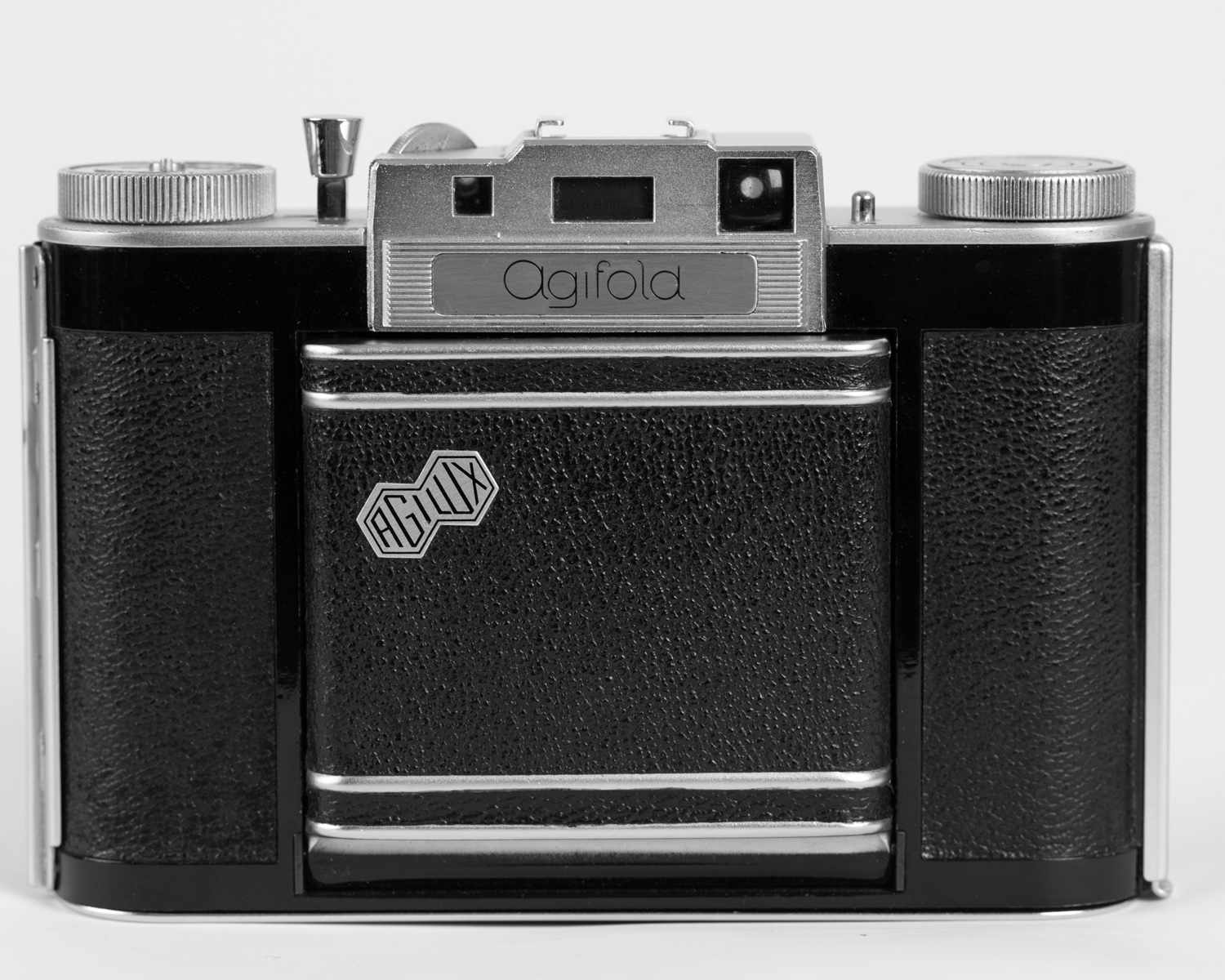
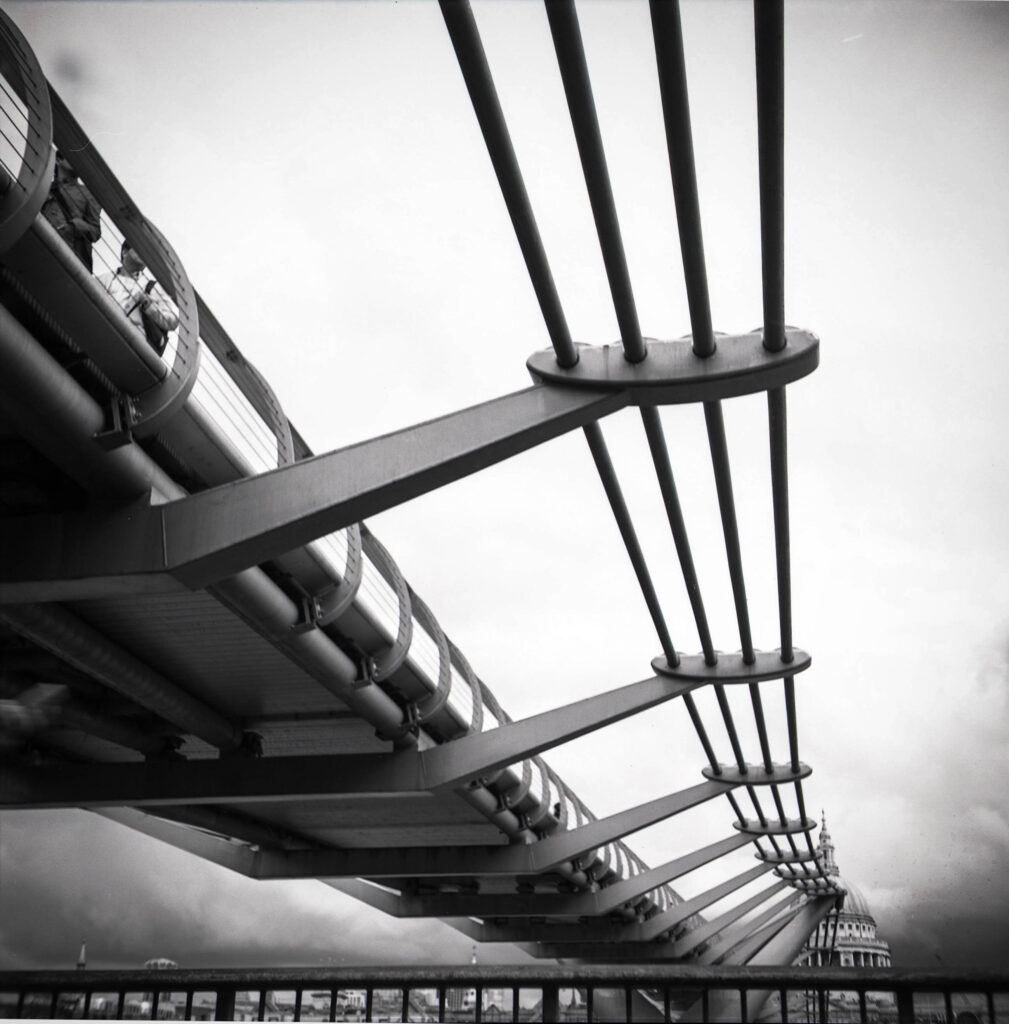
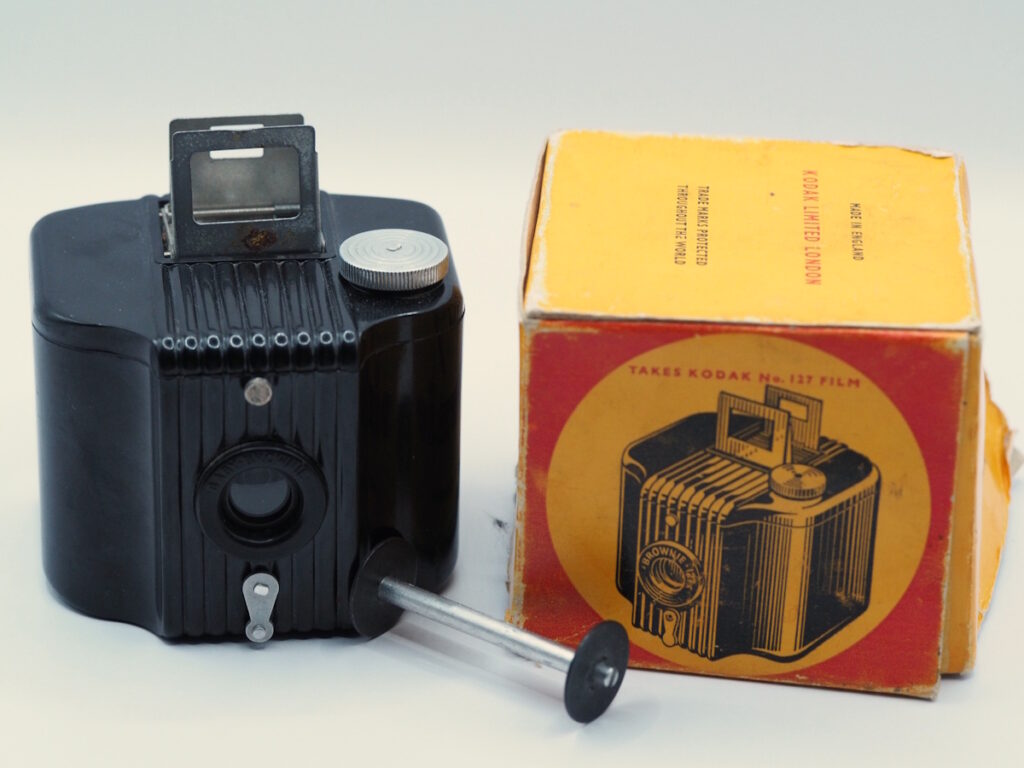
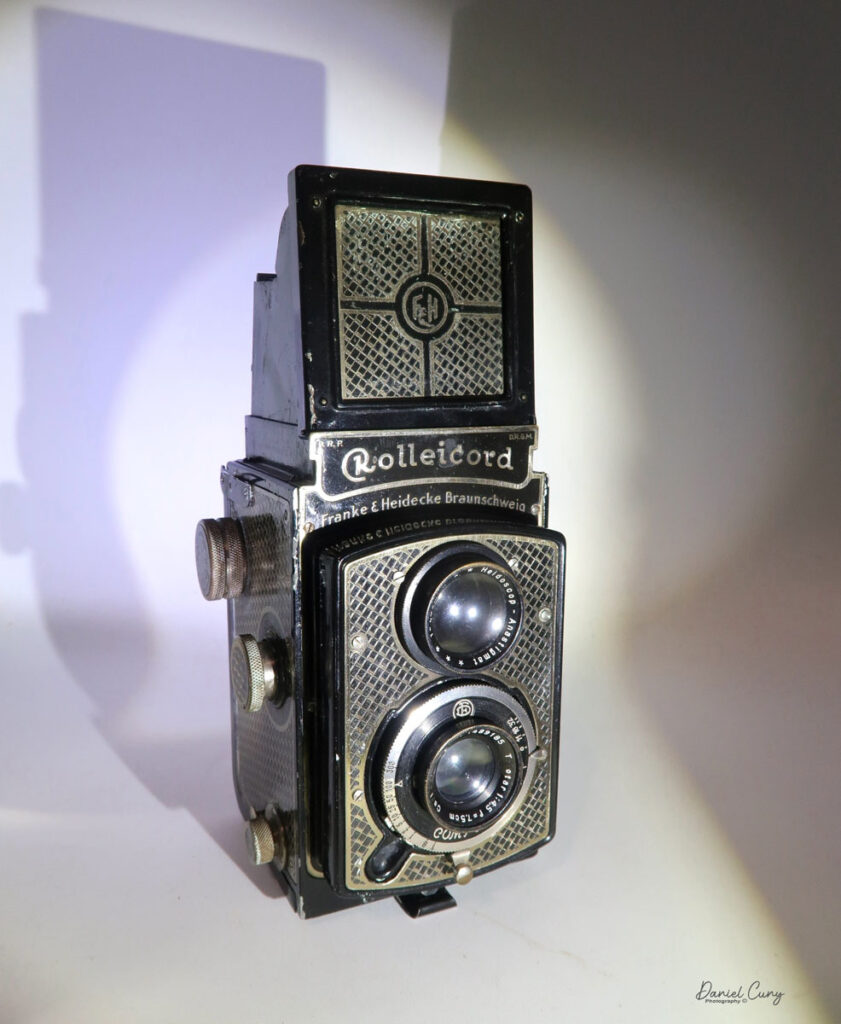
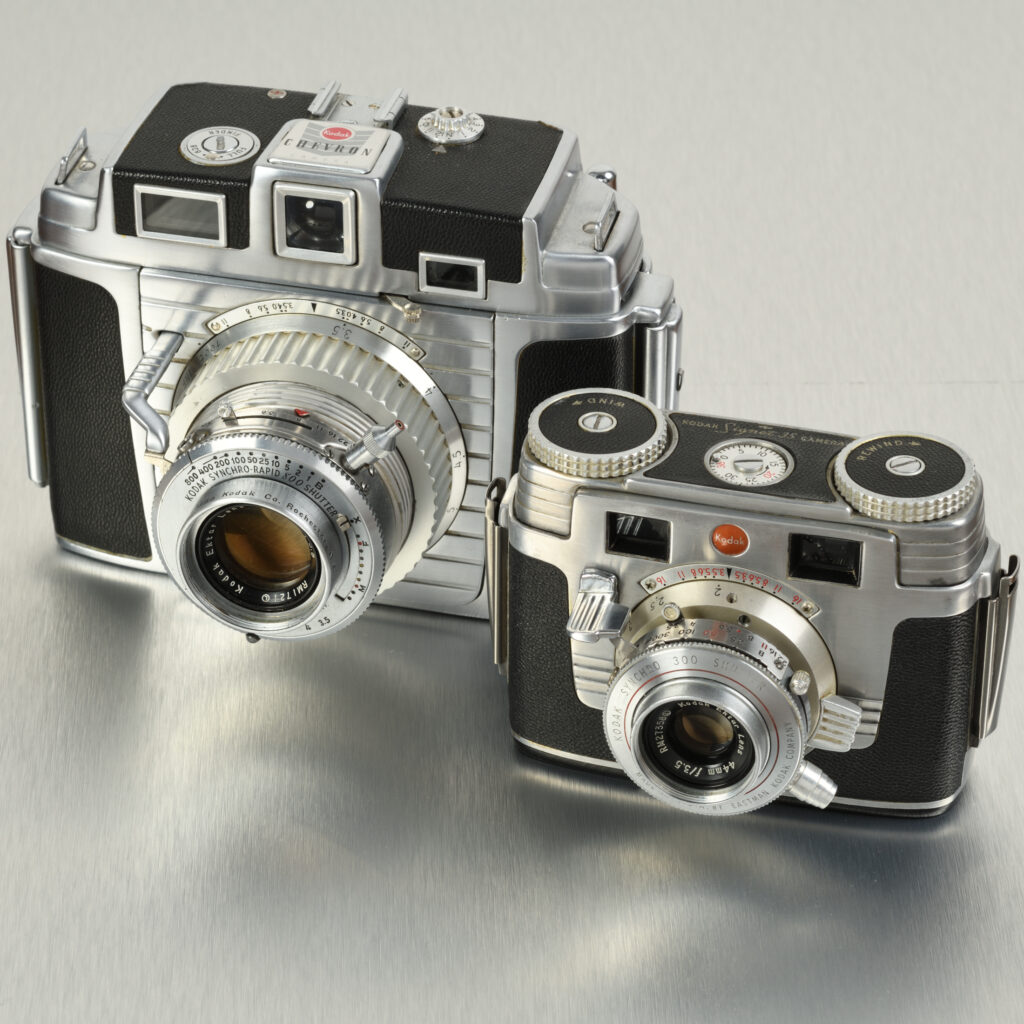




Comments
Bob Janes on Agilux Agifold – Buying British
Comment posted: 04/03/2024
If you are in to TLRs, have you looked at the Microcord from MPP? A rather decent Rollie copy from Kinston-upon-Thames...
Comment posted: 04/03/2024
Comment posted: 04/03/2024
Comment posted: 04/03/2024
Dana Brigham on Agilux Agifold – Buying British
Comment posted: 04/03/2024
Comment posted: 04/03/2024
Gary Smith on Agilux Agifold – Buying British
Comment posted: 04/03/2024
Comment posted: 04/03/2024
Andrew Holliman on Agilux Agifold – Buying British
Comment posted: 04/03/2024
Comment posted: 04/03/2024
Simon Bayley on Agilux Agifold – Buying British
Comment posted: 04/03/2024
Comment posted: 04/03/2024
Alex Hiley on Agilux Agifold – Buying British
Comment posted: 06/03/2024
The lens is very susceptible to glare, really needs a lens hood. It could do with servicing, the slow shutter speeds are pretty random, but at least 1/50 and faster is reasonably predictable. Overall, I did get some good photos, and I'm very glad I have it in my collection, but I wouldn't use it to take my wedding photos...
Comment posted: 06/03/2024